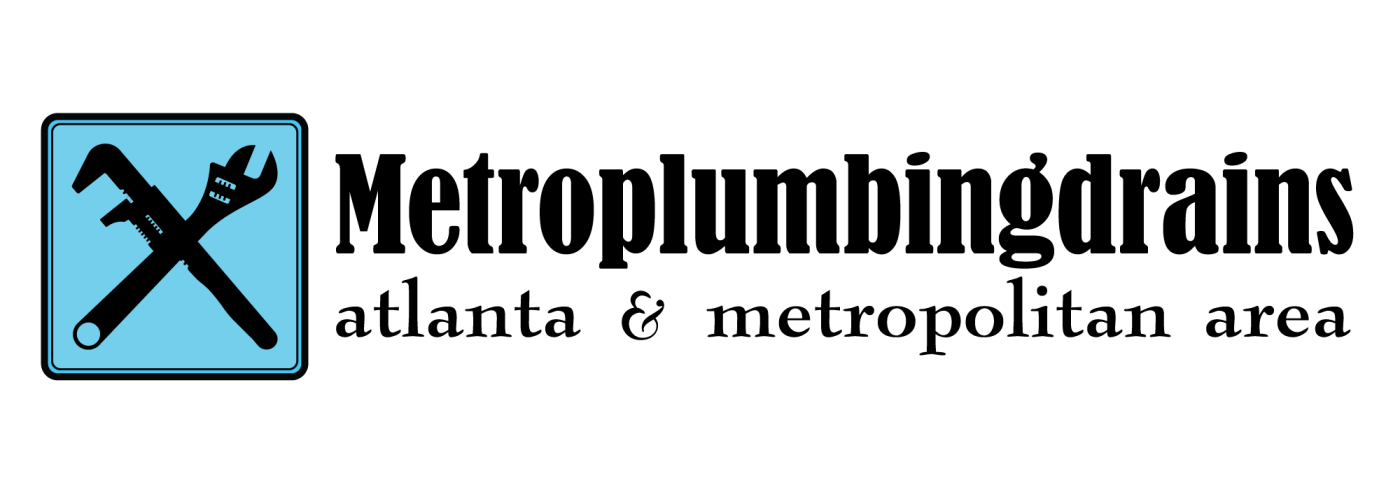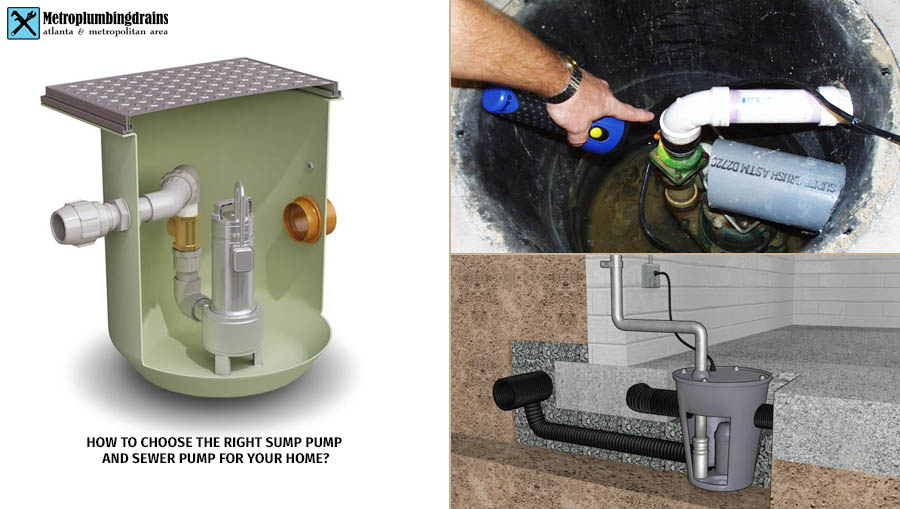What Is a Sump Pump & Why Do You Need One?
If you live in an area that is prone to flooding or has a high water table, you may have heard of sump pumps and sewer pumps. These are devices that help prevent water damage to your basement, foundation, and plumbing system. But what are the differences between them and how do they work? In this article, we will explain the basics of sump pumps and sewer pumps, and why you may need one or both of them.
Sump Pumps: Keeping Your Basement Dry
A sump pump is a device that pumps water out of a pit, or sump, that is located at the lowest point of your basement or crawl space. The sump collects water from drains, gutters, or natural groundwater seepage. When the water level in the sump reaches a certain point, the sump pump automatically turns on and pumps the water out of the pit and away from your house, usually to a storm drain or a dry well.
Sump pumps are essential for preventing basement flooding, which can cause structural damage, mold growth, and health hazards. They can also protect your appliances, furniture, and belongings from water damage. According to the Federal Emergency Management Agency (FEMA), flooding is the most common and costly natural disaster in the United States, affecting every state and territory. FEMA also estimates that one inch of water in a 1,000-square-foot home can cause more than $10,000 in damage.
Sump pumps come in two main types: submersible and pedestal. Submersible sump pumps are installed inside the sump pit and are sealed to prevent water from entering the motor. Pedestal sump pumps are installed outside the sump pit and have a long shaft that connects the motor to the pump. Submersible sump pumps are quieter and more efficient, but pedestal sump pumps are cheaper and easier to maintain.
Sewer Pumps: Keeping Your Plumbing System Flowing
A sewer pump, also known as a sewage ejector pump or a sewage grinder pump, is a device that pumps wastewater from your plumbing fixtures, such as toilets, sinks, showers, and washing machines, to the main sewer line or a septic tank. Sewer pumps are usually installed in homes that have bathrooms or laundry rooms below the level of the main sewer line or the septic tank. This is because gravity alone cannot move the wastewater uphill.
Sewer pumps are vital for maintaining proper sanitation and hygiene in your home. They prevent sewage backups, which can cause foul odors, clogs, overflows, and health risks. They can also protect your plumbing system from damage and corrosion. According to the Environmental Protection Agency (EPA), more than 500,000 miles of sewer lines and 20,000 municipal wastewater treatment facilities serve 75% of the U.S. population. However, many of these systems are aging and deteriorating, leading to frequent sewer overflows and leaks.
Sewer pumps come in two main types: ejector and grinder. Ejector sewer pumps are designed to handle solid waste and pump it to the main sewer line or the septic tank. Grinder sewer pumps are designed to grind solid waste into small particles and pump it to a pressurized sewer line or a holding tank. Ejector sewer pumps are more common and less expensive, but grinder sewer pumps are more powerful and can handle tougher materials.
Why You May Need Both a Sump Pump and a Sewer Pump?
Depending on your home’s layout and location, you may need both a sump pump and a sewer pump to protect your basement and plumbing system from water damage. For example, if you have a bathroom or a laundry room in your basement, and your basement is also susceptible to flooding, you may need a sump pump to remove the excess water from the sump pit, and a sewer pump to remove the wastewater from the plumbing fixtures.
However, you should never connect your sump pump to your sewer pump, or vice versa. This can cause serious problems, such as:
- Overloading your sewer pump with too much water, which can damage the motor and cause sewage backups.
- Contaminating your sump pit with sewage, which can create health hazards and attract pests.
- Violating local plumbing codes and regulations, which can result in fines and penalties.
Therefore, you should always install your sump pump and your sewer pump separately, and follow the manufacturer’s instructions and the local plumbing codes for proper installation and maintenance.
How to Choose the Right Sump Pump and Sewer Pump for Your Home?
If you are thinking of installing a sump pump or a sewer pump in your home, you should consider several factors, such as:
- The size and capacity of the pump, which should match the volume and flow rate of the water or wastewater that you need to pump.
- The power source of the pump, which can be electric, battery, or water-powered. Electric pumps are the most common and reliable, but they may fail during a power outage. Battery pumps are backup options that can provide temporary power, but they may run out of charge. Water-powered pumps use the water pressure from your main water line to operate, but they may not work if the water supply is cut off.
- The features and accessories of the pump, such as alarms, switches, valves, filters, and check valves. These can enhance the performance and safety of the pump, and prevent problems such as clogs, leaks, and overflows.
To choose the right sump pump and sewer pump for your home, you should consult a professional plumber who can assess your needs and recommend the best options for you. You can also do some research online and compare different models and brands of pumps.
One of the best plumbing services in Georgia is Metroplumbingdrains, which offers high-quality and affordable sump pump and sewer pump installation, repair, and maintenance. Metroplumbingdrains has been serving the Atlanta metro area and the surrounding counties for over 12 years, and has a team of licensed, insured, and experienced plumbers who can handle any plumbing issue. Whether you need a new sump pump or sewer pump, or you need to fix or replace your existing one, they can help you with fast, friendly, and professional service.
How to Protect Your Home from Flooding and Sewage Backups?
Installing a sump pump and a sewer pump is a great way to protect your home from flooding and sewage backups, but it is not enough. You should also take some preventive measures to reduce the risk of water damage and plumbing problems, such as:
- Inspecting and cleaning your gutters, downspouts, drains, and pipes regularly, and removing any debris, leaves, or roots that may cause blockages or leaks.
- Sealing any cracks or gaps in your basement walls, floors, or windows, and applying waterproof coatings or membranes to prevent water seepage or infiltration.
- Installing a backwater valve on your main sewer line, which can prevent sewage from flowing back into your home in case of a sewer overflow or a heavy rainstorm.
- Testing and maintaining your sump pump and your sewer pump periodically, and replacing the batteries, filters, or parts as needed.
- Installing a backup generator or a surge protector to ensure that your pumps can operate during a power outage or a power surge.
The climate changes factor
Another important factor that can affect your home’s vulnerability to flooding and sewage backups is climate change. Climate change is causing more frequent and intense extreme weather events, such as hurricanes, floods, tornadoes, and droughts, which can overwhelm the water and sewer infrastructure and pose increasing challenges to homeowners. According to the National Oceanic and Atmospheric Administration (NOAA), the U.S. experienced 22 billion-dollar weather and climate disasters in 2020, the most on record, and the total cost was $95 billion. NOAA also projects that the U.S. will face major flooding in the next decade, affecting more than 100 million people.
Therefore, you should also take some steps to prepare for and adapt to the impacts of climate change, such as:
- Checking the flood risk and the flood insurance rate of your property, and purchasing adequate flood insurance coverage if needed.
- Elevating or relocating your appliances, furniture, and valuables to higher floors or areas, and storing important documents and items in waterproof containers or bags.
- Creating an emergency plan and a disaster kit for your family, and keeping them updated and accessible.
- Following the weather forecasts and the emergency alerts, and evacuating your home if instructed by the authorities.
Essential devices
Sump pumps and sewer pumps are essential devices that can protect your home from water damage and plumbing problems. They can also save you money, time, and hassle in the long run. However, you should also take some preventive and adaptive measures to reduce the risk of flooding and sewage backups, and to prepare for the impacts of climate change. By doing so, you can ensure the safety, comfort, and value of your home.
If you need any help with choosing, installing, repairing, or maintaining your sump pump or sewer pump, you can contact Metroplumbingdrains.com, the best plumbers in Atlanta metro area. Metroplumbingdrains can provide you with expert advice and service, and guarantee.

